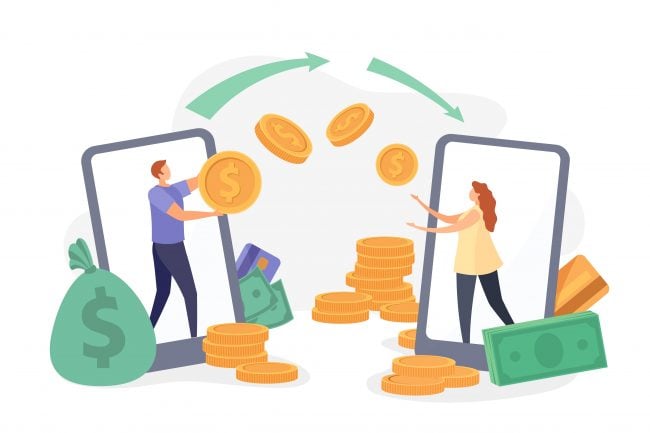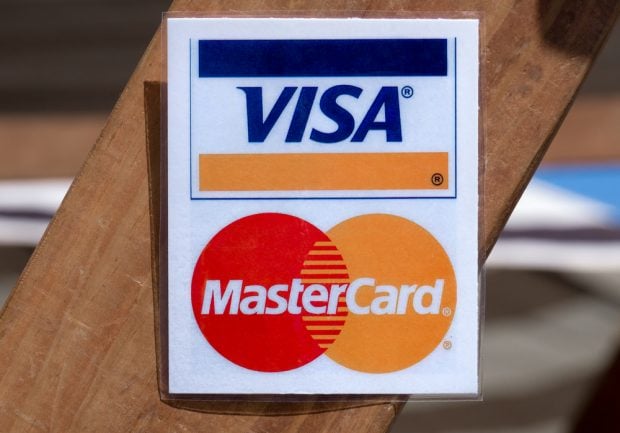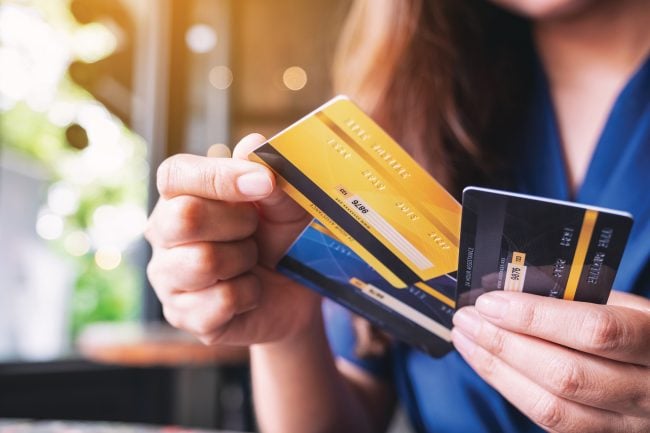Does Apple Pay presage the death of the plastic credit card?
|Introduced nearly half a century ago, the credit card haschanged very little since then.
|Experts predict that soon, EMV, also known as chip and PIN, willbecome more prevalent in the U.S. The payment tool changes theformat by replacing a card's mag stripe, which tends to bevulnerable to skimmers, with a tiny computer chip. While EMV isrelatively new in to the U.S., the technology is two decadesold.
|So, are plastic cards headed to the morgue as smartphone owners,paced by the many millions set to receive iPhone 6 with Apple Pay, demand to pay by phone?
|Credit cards are going nowhere soon but credit unions had betterget in motion plotting their roles in a world where mobile paymentsare picking up in volume.
|“There definitely is disruption going on. It's not clear how wewill be impacted. There are opportunities. There are also threats,”John De Ieso, chief information officer at the $2.2 billionNEFCU in Westbury, N.Y., said. “This adds to the list ofuncertainties we face.”
|Bob Legters, SVP of payments, at the Jacksonville, Fla.-basedfinancial technology company FIS, said, “Plastic cards will die butthe question is when.”
|Jorn Lambert, group executive of digital convergence at MasterCard, echoed Legters' prediction.
|“We have no interest in plastic dying. We don't believe it willdie anytime soon, certainly not for 15 to 20 years,” he noted.
|Many consumers, particularly baby boomers, will cling to creditcards, Polly Bauer, CEO of Polly Bauer & Associates Inc., a NewPort Richey, Fla.-based consulting firm, said. She is also theformer president/CEO of the Home Shopping Network Credit Corp., andonce managed a $950 million credit card portfolio.
|“There is no reason to panic,” she reassured.
|None of the experts contacted by CU Times thoughtotherwise. Some believe it is inevitable that plastic cards willfade away, but that is not a prescription to immediately stopissuing them.
|Meanwhile, money may speed the rise of mobile payments.
|“Right now, the costs of plastic cards and mobile payments areabout the same, especially when EMV is factored in. But mobile willget cheaper,” Brandon Kuehl, senior product manager for payments processorThe Members Group in Des Moines, Iowa, said.
|That may be so, but plastic cards are expected to be dominantfor years.
|“The real question for credit unions is 'when is the right timeto diversify so I don't get left behind? When do I get involved inmobile?'” Legters said.
|The stakes are high. Matthew Goldman, CEO of the Pasadena,Calif. e-Wallet company Wallaby, said, “Very smart people inpayments are well aware of how Apple destroyed the musicbusiness.”
|There is no disagreeing with that. Thirteen years into the iPodand iTunes revolution, Apple has thoroughly disrupted music, wherethe company, not the record labels, now holds most of the power.Apple also largely killed off music formats other than MP3 such asCDs and tape cassettes.
|Nobody in payments wants to suffer a similar fate, Goldmansuggested, and for that reason alone, it is key to find roles toplay in an emerging payments universe.
|MasterCard's Lambert said as mobile payments takes off, therewill be a place for smaller financial institutions.
|“The institution has to do a little work, mainly related to riskmanagement and around customer service,” he explained. “You need arisk management process at the moment of enrollment.”
|There has to be a clear decision process around this particularcard and this consumer and how likely they are to defraud theinstitution. Lambert said by having that type of infrastructure inplace, a credit union should have a strong foundation beforeplunging into mobile payments.
|Many credit unions likely will, some experts contend.
|“Financial institutions that were not picked by Apple to be inthe initial launch seem concerned. But it's not bad that you gotsnubbed,” Nick Holland, senior analyst in the payments practicewith Javelin Strategy + Research, said.
|That is, there's plenty of time to adopt a mobile paymentsplatform.
|What does all this mean for credit unions?
|FIS's Legters said the advice for credit unions now is to“mirror what the large issuers are doing, as much as you canafford.”
|For instance, study the initiatives from Chase, the $60 billionNavy Federal Credit Union in Vienna, Va., USAA and other earlyadopters and where it makes sense financially and for a specificmembership, replicate those models, Legters suggested.
|At NEFCU, De Ieso said he is doing likewise.
|“It's early. Right now, it's a matter of gathering information.We are understanding what everybody's take is on this. Our eyes areopen and we are preparing for the future.”
Complete your profile to continue reading and get FREE access to CUTimes.com, part of your ALM digital membership.
Your access to unlimited CUTimes.com content isn’t changing.
Once you are an ALM digital member, you’ll receive:
- Critical CUTimes.com information including comprehensive product and service provider listings via the Marketplace Directory, CU Careers, resources from industry leaders, webcasts, and breaking news, analysis and more with our informative Newsletters.
- Exclusive discounts on ALM and CU Times events.
- Access to other award-winning ALM websites including Law.com and GlobeSt.com.
Already have an account? Sign In
© 2024 ALM Global, LLC, All Rights Reserved. Request academic re-use from www.copyright.com. All other uses, submit a request to [email protected]. For more information visit Asset & Logo Licensing.









